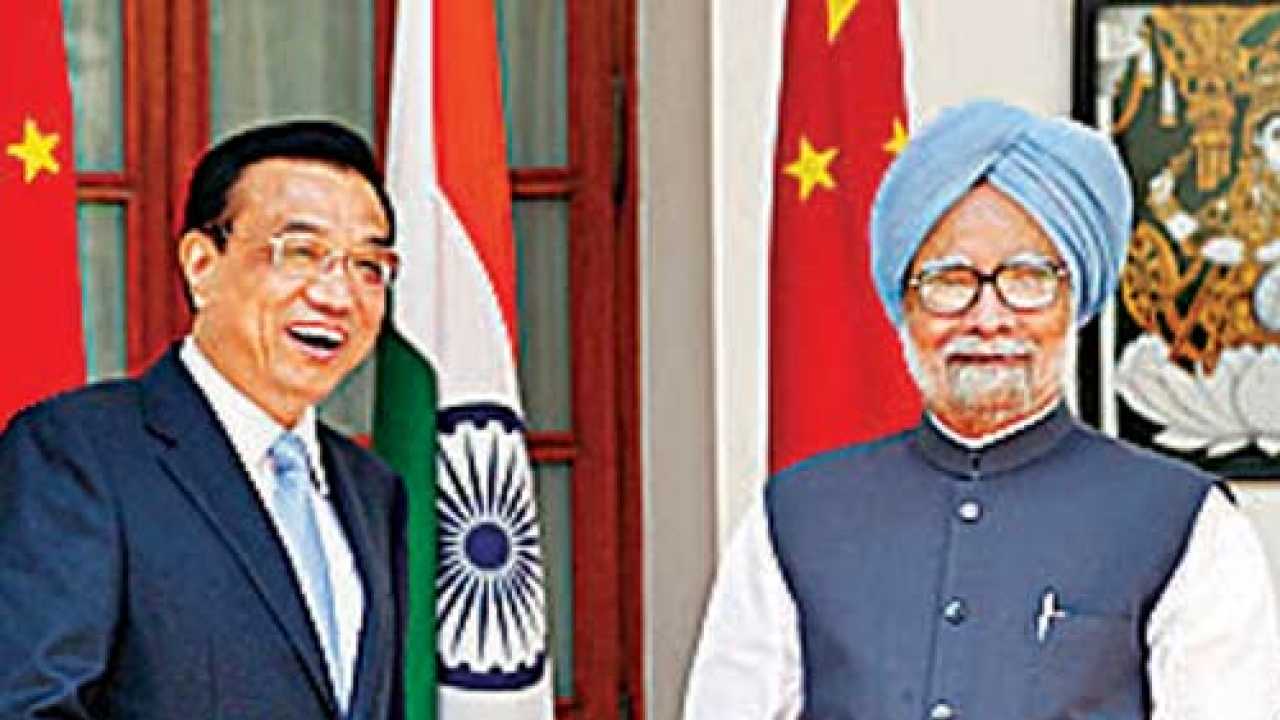
Defence minister AK Antony’s just-concluded trip to China ended with pledges of cooperation on both sides and Beijing saying that the countries should build on its foundation. But just about two weeks before the trip, it now turns out, Chinese troops had crossed into Indian-claimed territory in Chumur in southern Ladakh near Daulat Beg Oldie — the site of the April standoff — threatened locals and dismantled cameras set up by the Indian army. This dichotomy — civil discourse and ostensibly constructive engagement taking place in parallel with provocative actions — neatly encapsulates the dilemmas and challenges of the India-China relationship.
A few days ago, external affairs minister Salman Khurshid had said that India would not rush to resolve the contested border issue with China but would move step by step. On the face of it, this is an unexceptionable statement. But often in the past, such rhetoric has been code for ignoring the border dispute altogether and focusing on economic engagement in the hope that this will paper over the cracks. This strategy is past its sell-by date. As this last incident and the one before it underscore, putting the dispute on the backburner will simply ensure that disturbances along the border keep recurring, causing counterproductive tensions.
Resolution, even in incremental stages, will not be easy. In India, internal political pressures complicate matters. An opportunistic political culture that seeks to maximise short-term gains at the risk of long-term strategic vision means that any ruling dispensation will be wary of making compromises to work out a border deal for fear of being attacked by rival parties. And there is also the issue of managing public perception; China is not immune to that problem despite the image of it as a monolithic structure with the Party having the final say.
But none of this means that settling the dispute is a hopeless cause. Aggressive rhetoric aside, Beijing is demonstrably open to compromise; a 2005 study had pointed out that since 1949, China had settled 17 of its 23 territorial disputes, many involving concessions on its part. The fact that it may now see India as a potential irritant to be held in check — particularly in light of the US’s pivot to Asia —and thus keep the border issue alive as leverage is a possibility.
But by boosting infrastructure, military and otherwise, along the border — and simultaneously deepening economic linkages — New Delhi may well be able to alter Beijing’s cost-benefit analysis. In the final analysis, both India and China, for all the hype about their economic progress, have large-scale development issues to deal with that must take top priority. Constant tension along the border diverting energy and resources is in neither one’s interests.